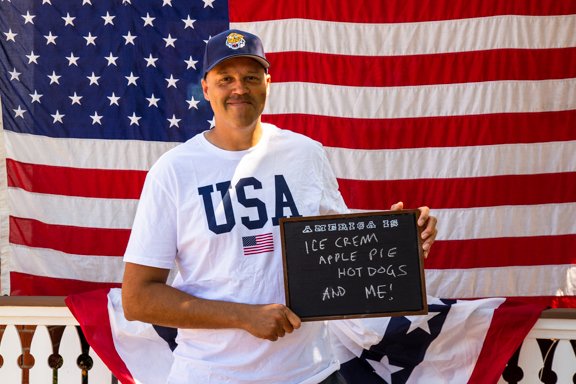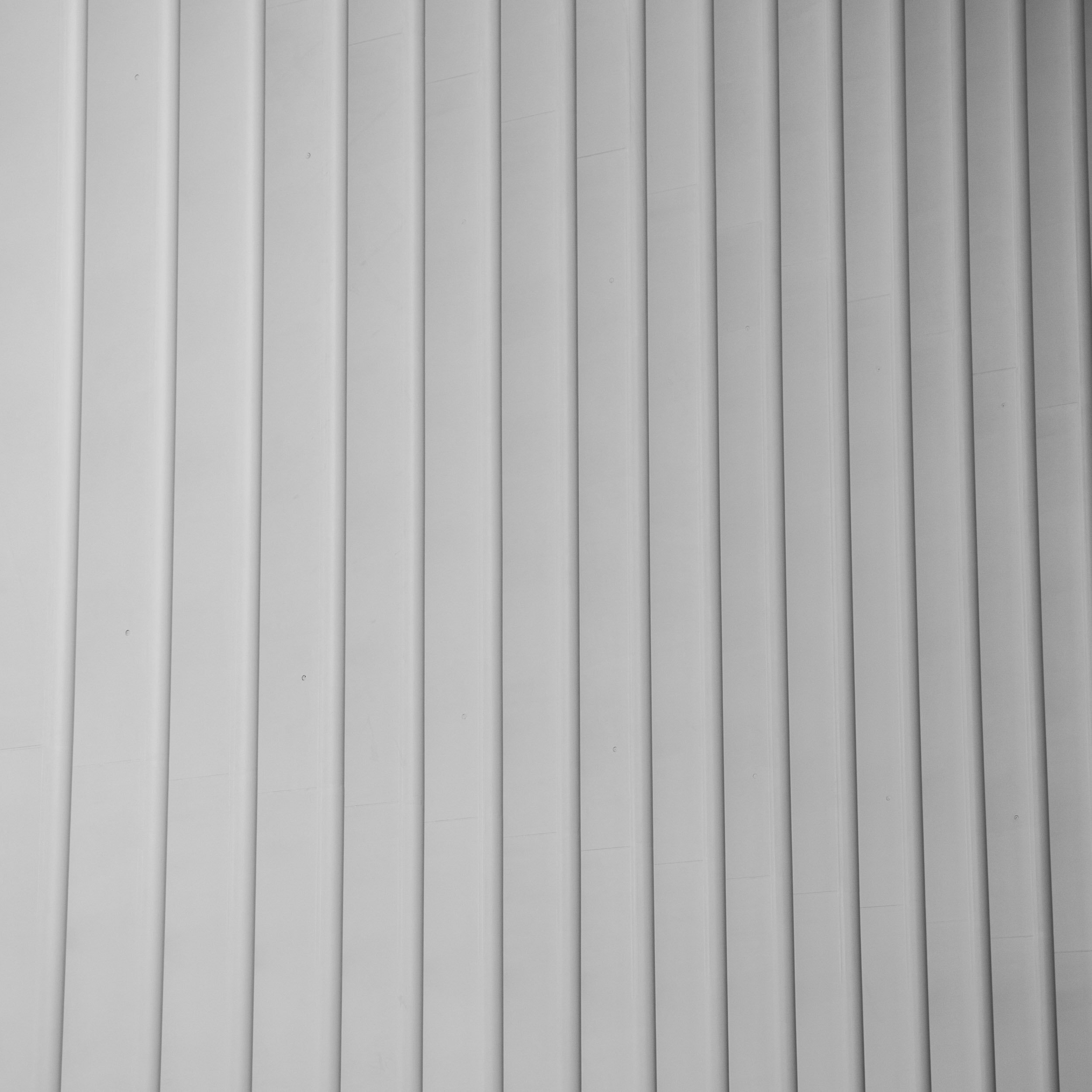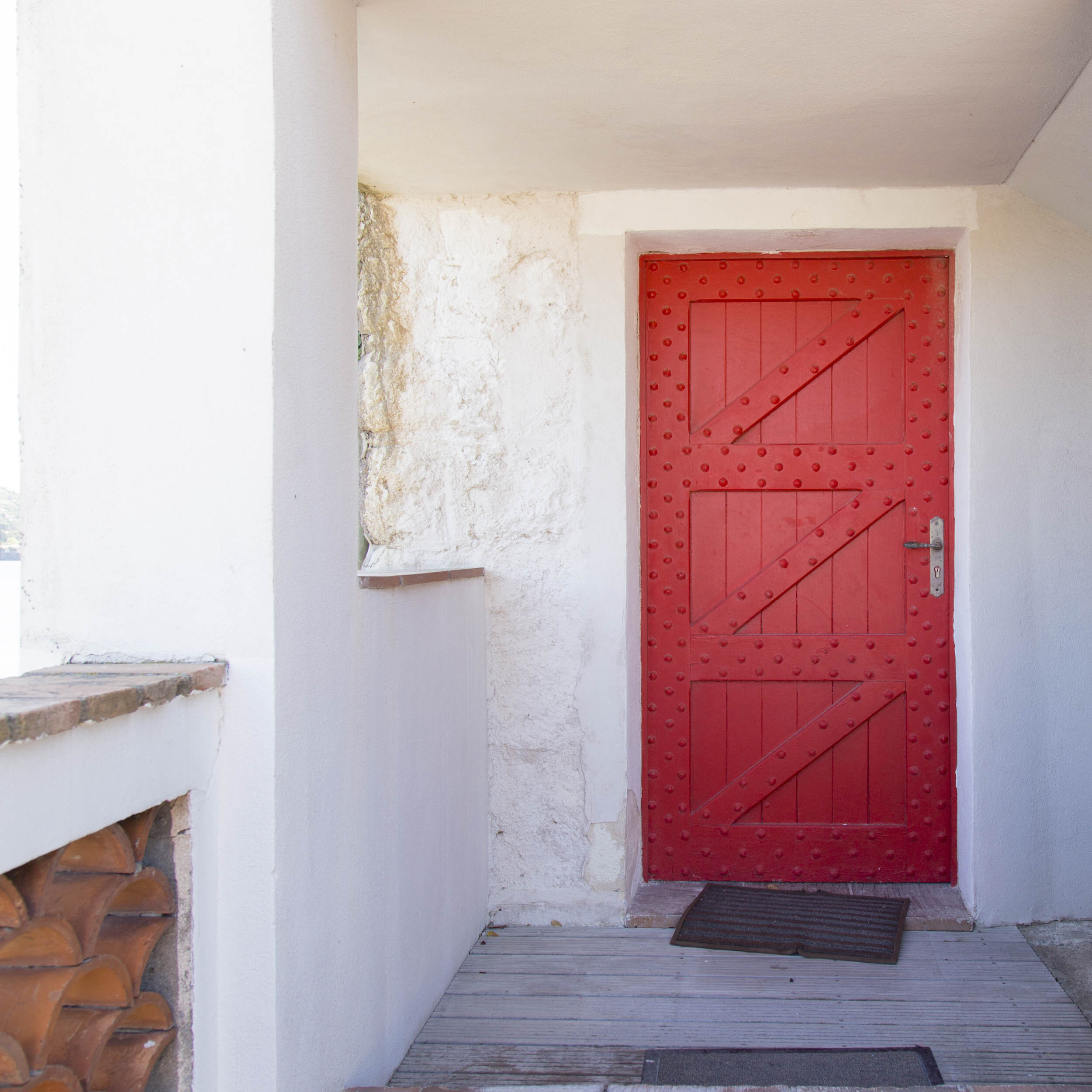War Stories I Never Heard
War Stories I Never Heard explores the impact of discovering a loved one’s World War II military stories after his death, and the longing for deeper personal connection with him after he is gone.
My grandfather Raymond Bradley was just 21 years old when he was drafted into the U.S. Army in 1943 to fight Hitler’s Nazi regime that was taking over the world. Hitler had been trying to create a superior race by killing the “unfit,” including Jews, the physically/mentally handicapped, and homosexuals. I am gay and I recently discovered a small percentage of my ancestry is Ashkenazi Jewish. Had I been living in 1944, my life would have been in danger; my grandfather was fighting for me 75 years ago without his knowing it.
My parents divorced in 1976 when I was 7. Up until then, I had a great relationship with my grandfather. After the divorce, I only saw him a few times, once shortly before he passed in 2008 at 85 years old. That was a terrific visit. Grandpa never talked about the war, however I do remember him taking me into his garage to show me his gun from the Army. I was 7-ish and gay. I wanted nothing of it. Today, I would give anything to have that day back to talk about the Second World War with him.
After he passed, I was given a small box of photographs and mementos of my Grandpa Ray. I knew he had fought in Normandy, but it never registered as anything important. But all of a sudden, holding his stripes and medals in my hands, I needed to know about his time in battle.
I began to research where he was the morning of June 6, 1944, D-Day, and what his Army mission was on that infamous day. I wanted to know about the amphibious engineer badges included with his things. First I asked my family, but no one knew anything beyond that he was a cook. Although my cousin Chris had been told by Ray himself that he was a trained sharpshooter, he also thought Grandpa might have been pulling his leg.
After asking my family, I turned to the Army for information. Being a cook was not to be discounted as a lesser role, I was told by an Army veteran and World War II historian. The Army Amphibious Engineer units worked as a team to complete their mission. Grandpa had to learn every aspect of being an amphibious engineer in the 6th Engineer Special Brigade so that if everyone else in his unit was killed, even the cook could complete the mission. In the case of my grandfather, the mission was delivering ammunition to the front line.
Due to the limitednumber of photos from D-Day and bits of information written on the backs of photos he saved. I created dioramas to fill in the gaps and recreate scenes from photographs my grandpa had kept.I tell about his time serving in the Army during WWII through still-life arrangements of memorabilia, photo collages, and our genetic DNA codes, which symbolize our family lineage. I establish a timeline from his arrival in England for training—leaving his newly pregnant wife, Mary Louise, back home in Wayne, Michigan—and his time quartering with a wealthy family, the Firths, who are threaded through the story. I follow him as he serves at Omaha Beach in Normandy, France, on D-Day, his life at camp, and finally his discharge and return to Mary Louise and his baby, Bonnie, in the United States. I include what happens after and how, nine months later, my father was born, and three years later, my Uncle Dale.
Project facts:
• Omaha Beach diorama size—2 feet x 2 feet.
• Diorama scale—1:87 (plus other scale sizes for depth) Omaha Beach for the war shots.
• Seventy-five hand-painted men are used to mark the D-Day 75th anniversary in 2019.
• I pay homage to photographers Robert Cappa and Robert Sargent by recreating tableaus of their original photographs in my Omaha Beach diorama.
• I had vehicles 3-D printed if I could not find an available model to build.
• I bought type-C WWII rations that contained Camel cigarettes, the brand my grandfather smoked in 1944.
• In the shrapnel still life, I pricked my fingers for the blood to represent the thousands of young men lost.
• The sand in the shrapnel image is from Omaha Beach in Normandy.
• The DNA codes, replacing my grandfather in some of the images, are the Y-chromosome code that I share with my grandfather, dad, and Uncle Dale.


































































































































































































































































































































































































































































